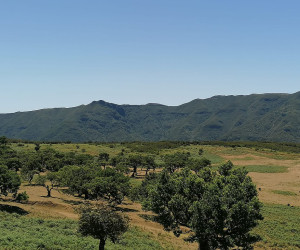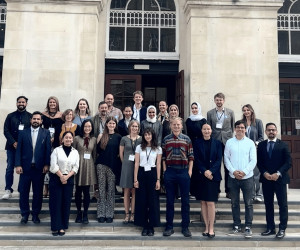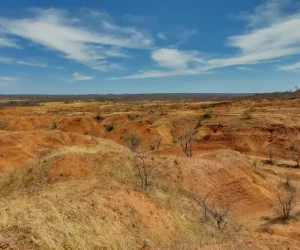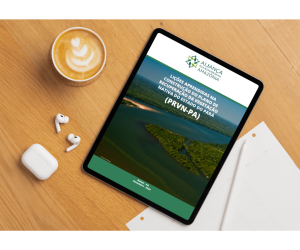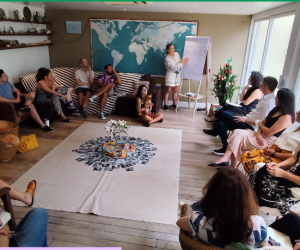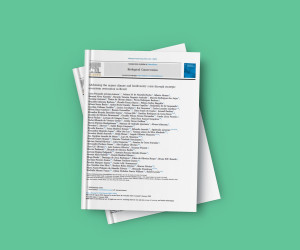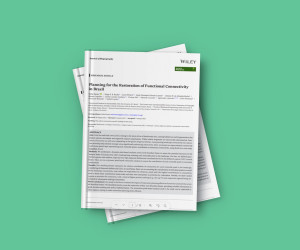News > News
03.12.13
IIS organizes a session at the Global Landscape Forum, in Warsaw
The session focused on the new Brazilian Forest Code and the opportunities for large-scale ecological restoration. In Brazil the new Forest Code will impose reforestation of 21 milion hectares Of which 6 milion will need to happen in Atlantic Rainforest biome. The region hosts two thirds of the country’s population, and 70% of its GDP. The biome, originally extending over 115 million hectares along the eastern coast of Brazil, lost around 90% of its original cover and now is divided into highly fragmented patches with 45% of its species under risk of extinction. Even at this degraded state, the forest still hosts 7% of the world’s total biodiversity. The reasons above have led the Atlantic Rainforest to be oftentimes named the “hottest of the hotspots”.
The first speaker of the event, the Executive Secretary of the Convention on Biological Diversity, Braulio Dias, emphasized the importance of efforts on the restoration of the Atlantic Rainforest in the context of the Nagoya agreement of 2010, which set the global strategic plan for biodiversity for this decade. Among the 20 targets of this agreement, target 15 aimed at the worlwide restoration of at least 15% of degraded ecosystems. In this context, given its very high biodiversity, high historical deforestation and provision of ecosystem services, the restoration of the Brazilian Atlantic Rainforest is critical.
The next speaker, Bernardo Strassburg, the Executive Director of the International Institute for Sustainability introduced the Pact for the restoration of the Atlantic Rainforest, an initiative including 257 institutions, ranging from local and federal governments, private and third sectors, and universities aiming to reforest 15 million ha by 2050. According to Dr. Strassburg, the strategy is to articulate different actors in an effort to upscale the restoration through multi-objective spatial priorization and socioeconomic analyses.
The third speaker, Arnaldo Carneiro Filho from the Nature Conservancy, highlighted the opportunity to build a new forest economy in the region: with most of the agriculture in the coast shifted to the countryside, there could be less competition for land-use in the Atlantic Rainforest area.
The fourth speaker, Carlos Alberto de Mattos Scaramuzza, Director of the Biodiversity Conservation Department of the Brazilian Ministry of Environment, presented the Ministry’s plan to create enabling conditions for the large-scale restoration of the Atlantic Rainforest, turning the implementation of ecological restoration into a new and attractive business. Dr. Scaramuzza argued that developing a restoration economy requires a paradigm shift: research and development are key in reducing the costs of restoration. Together with the creation of mechanisms that bring revenue to those investing in restoration, a structured chain would help creating jobs, and reducing poverty and inequality in the region.
Finally, Dr. Strassburg finished the session by launching theproject entitled:Atlantic Rainforest Restoration for Conservation and Human well-being, Economic benefits, Research and development (ARCHER). The project relating to economically viable restoration models is named after Major Archer, who restored in the nineteenth century the Tijuca Forest in Rio de Janeiro.. The project is comprised of two phases: the first one, between 2014-16 invloves investigations into restoration models, whereas the second phase (from 2015 onwards) will comprise of scaling up of restoration, with the local land-owners restoring their properties and becoming compliant with the country’s new Forest Code.

